Think of the city-building video game genre like the ancient supercontinent Pangaea, and what began as a single giant landmass on Earth millions of years ago was subsequently broken up into smaller continents, which gave rise to the continents and civilisations we know today. The city-builder genre is no different as for over three decades, giants of the genre, such as SimCity and Civilisation, have spawned numerous variations, with nuances in approach, such as focusing on combat, religious mechanics, and diplomacy, as players strive to build their own metropolis.
With such a mix of options, it would seem like every corner of this world-building has been explored, but with Ubisoft’s Anno 117: Pax Romana, there may still be new grounds to break. While the game mechanics focus similarly to its predecessors in being stewards of both city and people, the game’s inclusion of narrative choices in scenarios for both campaign and free-play does not just shape the way players play, but also gives them a sense of weight and meaning as to what it means to rule as the governor of their cities.
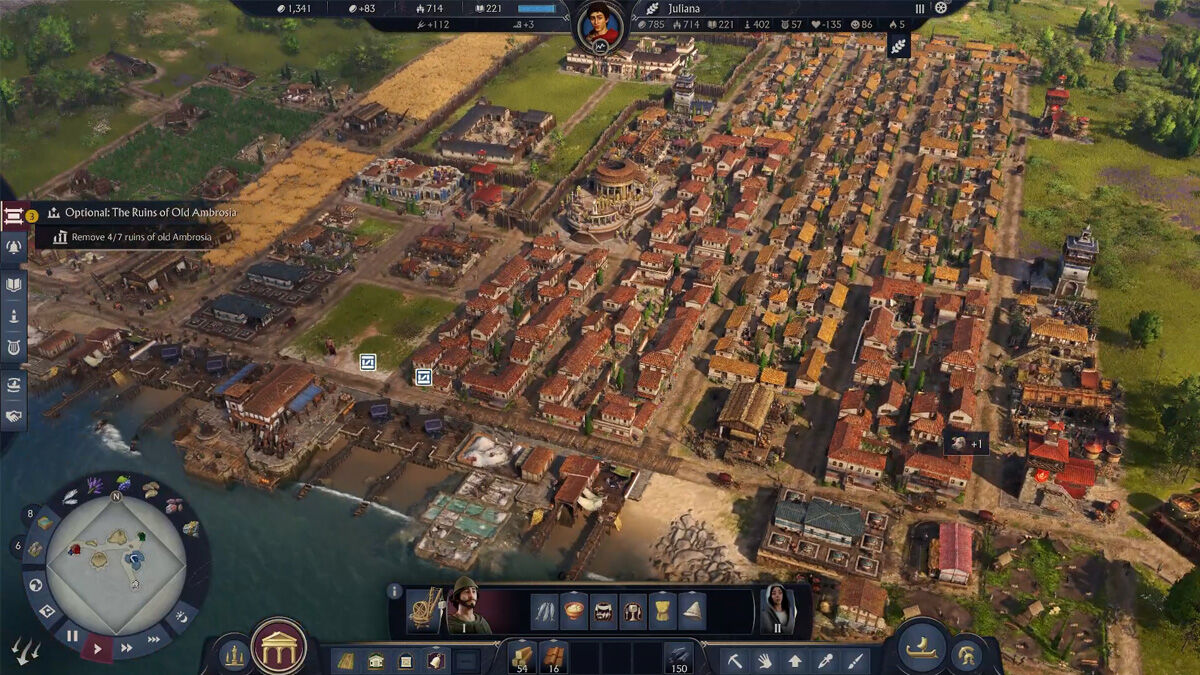
Fans of the long-running real-time strategy and economic simulation video game franchise Anno will be no strangers to the core gameplay mechanics of Anno 117: Pax Romana, which, in this incarnation, takes place during the Roman Empire. You play as a governor, tasked to build prosperous cities for the Roman Empire on either the Roman islands of Latium or on the Celtic territory of Albion. Regardless of where players choose to start their journey, they begin by providing their people with everyday necessities like food, shelter, and clothing, before moving on to build institutions, defences, and bolster their place among political giants through trade and regional relationships.
Resource and people management are still the name of the game here but more than just gathering wood, manufacturing tiles, and building houses, you must also ensure their homes – naturally placed in uniform districts – do not catch fire, are not susceptible to disease, and that there are amenities nearby, including markets, taverns, city watches, sanctuaries, and wells to keep your inhabitants safe and happy, lest they riot, which is the first of many dominos to fall for any city to implode in on itself.

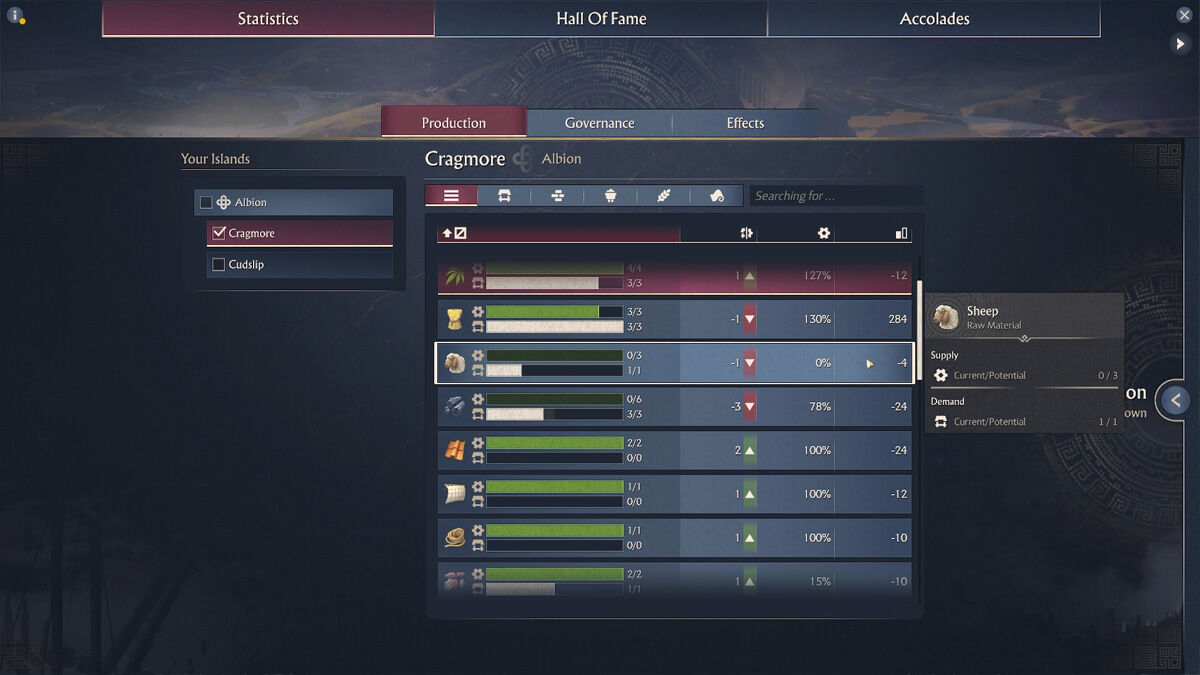
With so much at stake, one would expect the game to include a feature that illustrates what their city lacks on a more visual scale. Instead, players are only able to see the problems their city faces through a list of resources they manage. This list only shows buildings that generate or reduce resources like denarii (The game’s currency), happiness, or fire safety. If a city is in danger of frequent fires, as parts of it are exposed to facilities that are prone to cause fires, you would expect to know various hotspots around your city so that you can react by building more wells or fire watches strategically. Instead, the information given to you is only a list of fire-causing amenities, and that fires can happen around your city arbitrarily, which breaks the realism of the city-building experience. It would help if the developers could include a switchable feature in their user interface that highlights potential hotspots where disasters may occur more frequently. This would prevent players from spamming to build all safety amenities around the city.
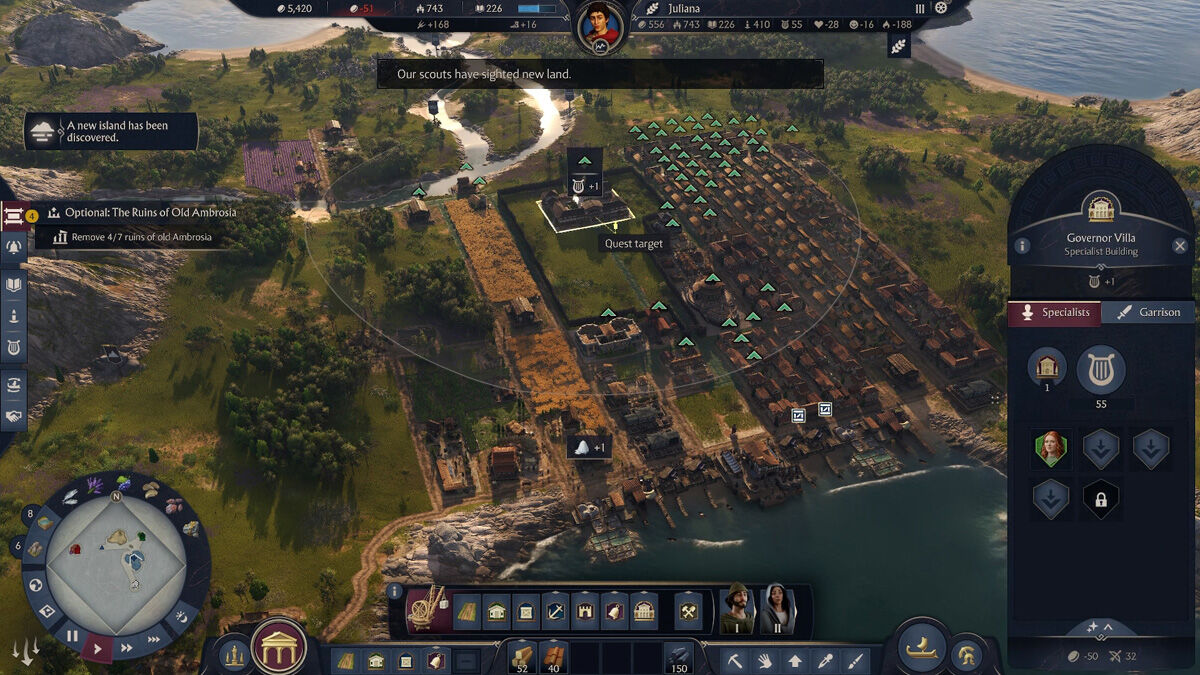
Once your people are fed and happy enough – and if you play in the lands of Latium – your residents, once Libertus (Freed slaves), are ready to be upgraded to house Plebeians, a separate group of people with entirely different sets of needs that require you to build new facilities to meet. The process rinses and repeats itself as you unlock more residents and buildings, and as your empire grows to become an economic powerhouse, you gain favour with the Roman emperor. That is not to say that all of your city’s denizens should be Plebeians or any upgraded resident altogether. Any healthy city will realistically need people from all social strata to function, and although we need Plebeians to manufacture pottery and garum, which are more valuable for trade, a lack of a Libertus population would mean a drop in productivity for porridge and tunics. There is, therefore, a need to balance your population and strategically place your infrastructure to meet the common cumulative good of your city.
Sometimes building the necessary facilities is not an easy task. The land that players start on may be vast, but that does not mean it’s capable of providing adequate fertility for all resources. Some residents require olives to upgrade to their successive strata, but the island may not be fertile for olives, forcing players to turn to the sea in search of new lands ripe for olive agriculture, find new governors to open trade routes and barter for olives, or even turn to conquest because olives can make or break a city.

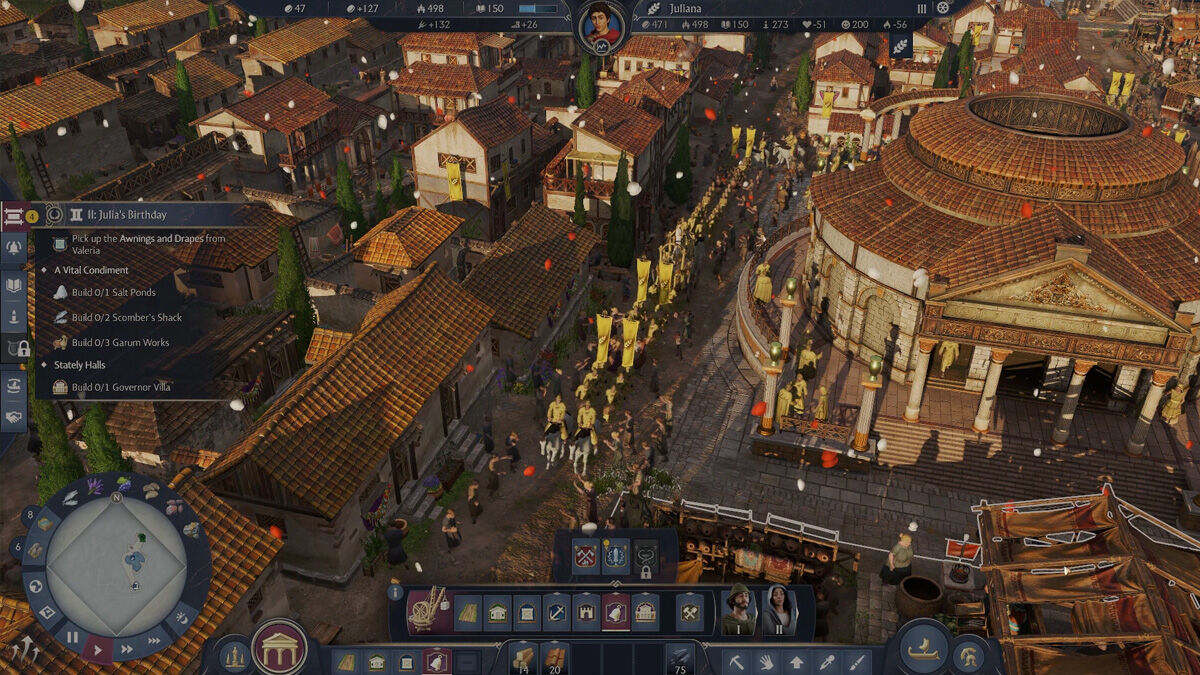
Meanwhile, playing in the lands of Albion brings additional depth to the city management experience of Anno 117: Pax Romana. You begin first by populating your city with Waders (The common Celtic man), yet, this time, you get to choose upgrade paths for your residents, which are essentially ways of living for your people: Do you decide to retain your Roman roots in a Celtic land with a hybrid Romano-Celtic way of life, or do you choose to embrace an unadulterated Celtic culture? Choosing either unlocks different residences which further dictate the needs of your city and, ultimately, the way you play. Deciding on transforming your people to Romano-Celts unlocks Mercators and Nobles, who focus on economy, research, rapid expansion, and the ability to transform their environment by draining marshes and building aqueducts. On the other hand, a Celtic lifestyle demands that you live alongside and utilise the wetlands and forests around you to their full extent, boosting religion and producing goods like cheese.
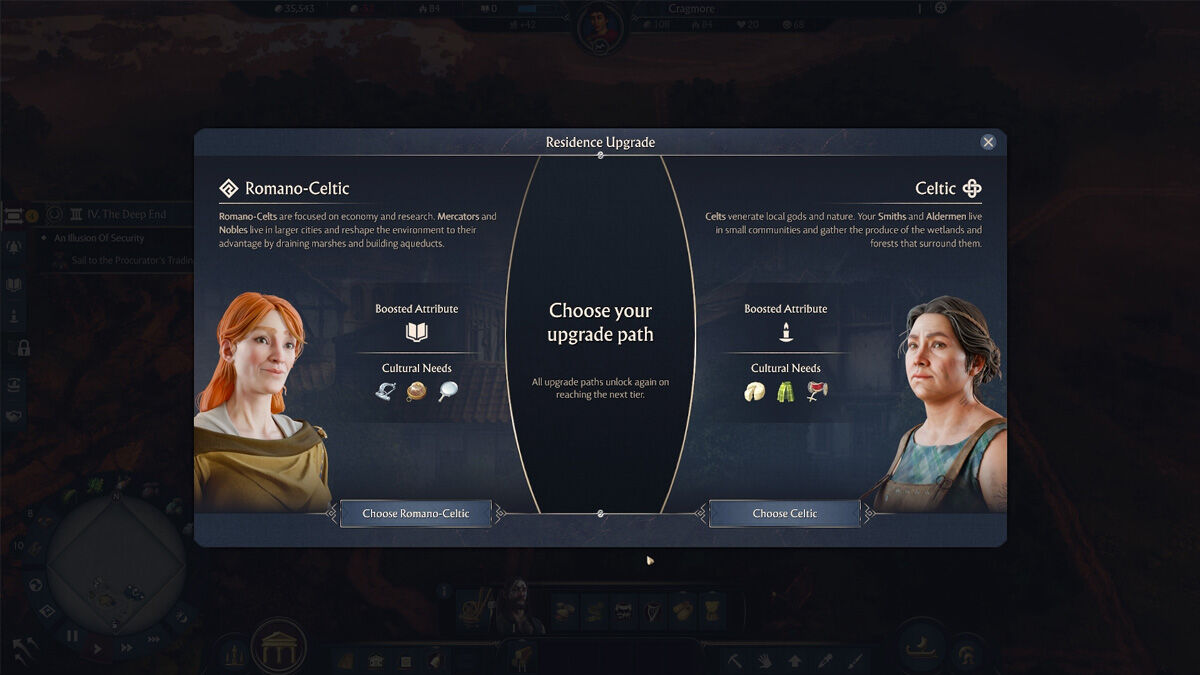
Regardless of the path you take, you will spend hours figuring out how to build your empire and keep your people happy optimally. Each culture is like a puzzle, forcing you to figure out how to best meet the needs of your people in the land you’re in while trying to stave off external threats. This sandbox, however, will eventually feel smaller, as each chosen culture also forces the player to meet these needs linearly. Smiths will always need trousers and beer to be upgraded to become Aldermen. Mercators will always need mirrors to be produced so that they can become Nobles. To meet these needs, it is always a matter of whether your island has the fertility to produce these goods, and whenever you settle on a different island, you will always build Wader facilities first, and then Smith or Mercator facilities second, and so forth.
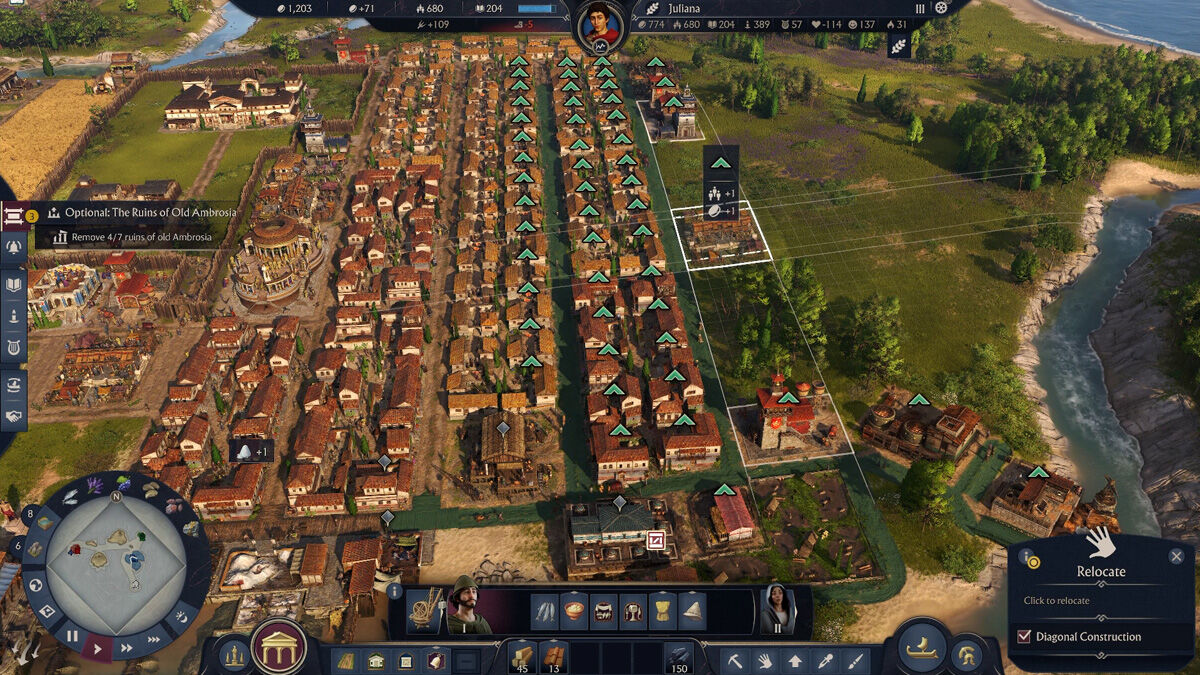
Religion and research also enhance the city-building experience of Anno 117: Pax Romana, and the game offers a choice of specific deities and pantheons – mainly Roman or Celtic – that your people will worship in each city. Each deity chosen not only grants boons and boosts in producing specific resources, but it also opens options in vast research trees. Choosing to worship Roman gods allows you to research cults like the Cult of Mercury-Lugus, which will boost crafting and trade. On the other hand, choosing to worship Celtic gods opens up research on cults like the Cult of Cernunnos, which is associated with increased production and health.

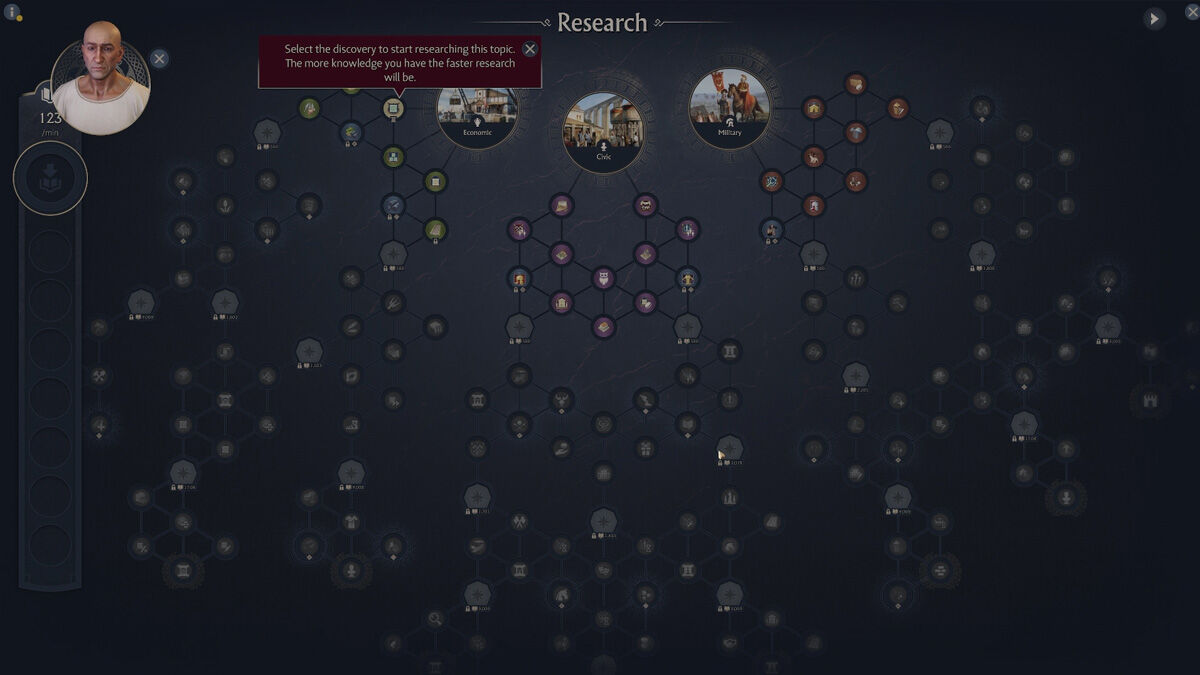
Like other Anno games, seafaring plays a vital role in your cities’ survival, and it is through travelling across oceans that you get to meet new governors and find fresh soil to cultivate or settle on. Meeting new governors not only opens the opportunity for trade routes, which provide steady, consistent exchanges of goods, but also opens you to contracts, where, when fulfilled – like successfully transporting specific items – rewards you with denarii. You are also able to purchase ships or key specialists from these governors, who, when placed in your city’s villa, provide boosts to different statistics like happiness or health. A vast majority of the game’s combat also takes place in the seas, but for most of the beginning hours of Anno 117: Pax Romana, combat takes a back seat as much of the focus falls on managing resources and city building.
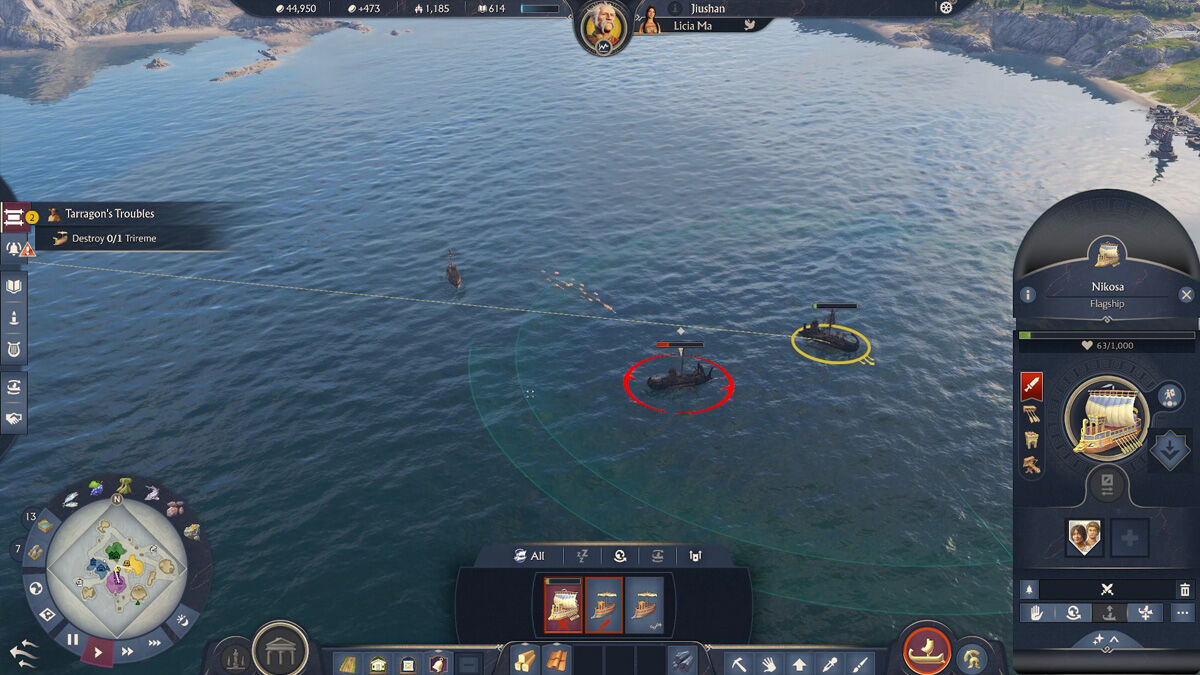
The campaign is the most exciting aspect of Anno 117: Pax Romana and for the first time in Anno’s history, players will get the liberty to choose between two characters – Marcus Naukratius or Marcia Tertia, both of whom individually tell different tales of the separate roles they play in the events of the game. Despite the title of the game hailing the golden age of “Pax Romana”, or “Roman Peace”, the narrative begins in the storm of the death of Emperor Lucius and although Lucius decreed that his wife, Julia Augusta, would succeed him as ancient Rome’s first empress, her succession was stolen from the Roman senate by General Gnaeus Firmius Calidus, who claimed the throne for himself.


Players are then given a choice – will you pander to the current patriarchal powers that be, or rebel and aid the woman who would become Rome’s first empress? The first hours of the campaign were an apt litmus test for what’s to come and as you build your city, you are presented with scenarios that allow you to choose appropriate narrative choices, and these choices not only state the resources that you reap or lose, but also the consequences of your actions, and therefore, dynamically shape the subsequent ways you play the game.
One such scenario in the campaign gives you the choice to determine if Empress Julia’s daughter, Diana, would attend her birthday. By choosing to submit to the whims of the current authority and beg Diana to attend, the game questions your capabilities on whether you can survive the “cutthroat world of provincial governance”. Another scenario presents you with encountering a Libertus struggling with a load of timber, and whether you should seize his goods, wish him well and move on, or buy his supply. These narrative junctions are where the game allows you to exercise your authority, and they feel significant, giving you a sense that you are shaping the narrative through your actions. As the narrative around you changes, the way you adapt to these consequences affects how you manage resources and people in your city.
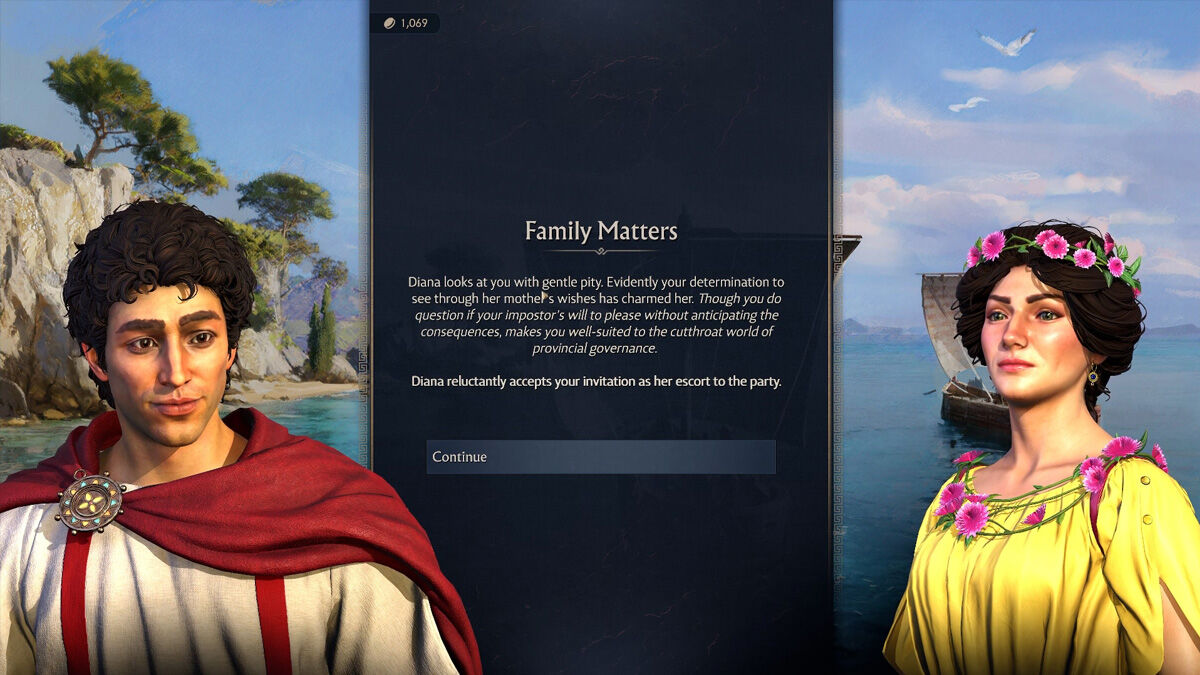
This sense of power of choice extends to free play as well. Once, a governor named Tarragon requested that his family be retrieved from captivity. Along the way, you encounter shady individuals acting in the Emperor’s name, claiming that Tarragon’s family be handed over and that “everything will be over” if it is done. Sensing that something is amiss, you refuse and prepare to fight. In your failure to keep your ship from sinking, you announce to Tarragon that your actions caused the death of his son. In retaliation, he declares war on you, but yet, the Emperor expresses his gratitude and appreciation for what you have done.
This event, in turn, stifles the growth of your city, making it harder for you to settle on another island as Tarragon’s ships are now prowling around the map, seeking to destroy your ports. You are not just left with unwanted hostility from the man you strived to help, but also with guilt as you find yourself unwillingly on the wrong side of morality. Consequently, you can be busy building the prosperity of your city with civil means in one moment, but in the next, you are thrust into a story of intrigue and must prepare military forces for defence.
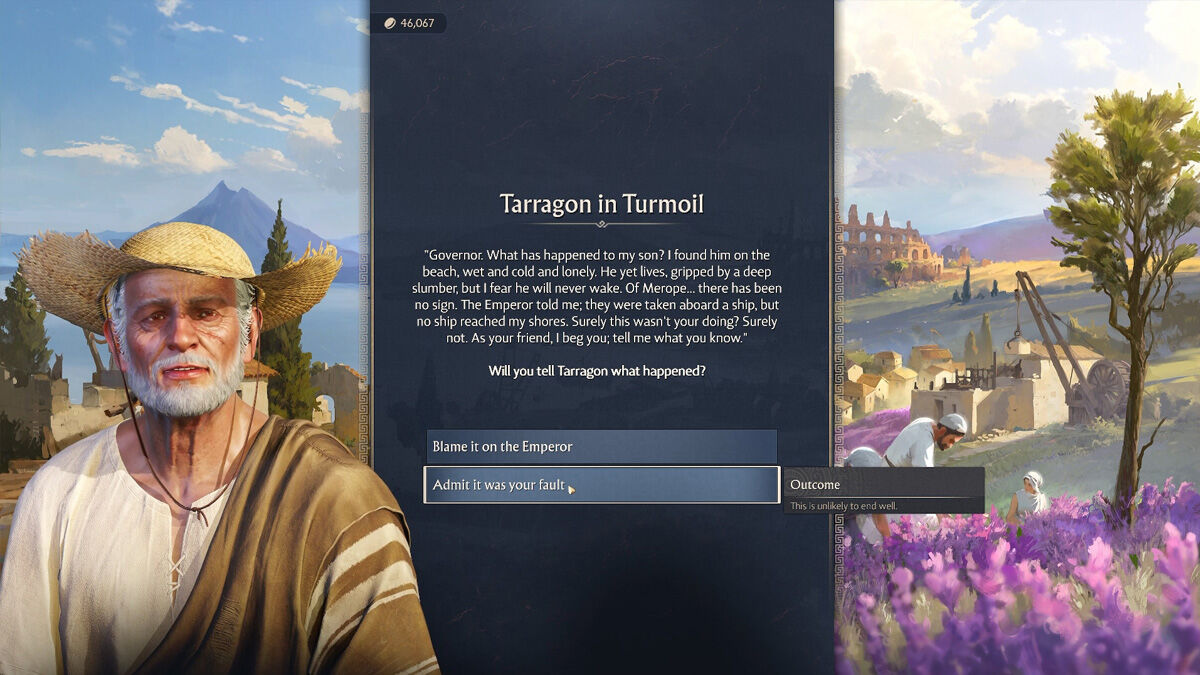
With such an interesting and deep premise, where the motivations of the characters around you can be ambiguous, it is so much easier now for you to get lost for hours in not just building cities and managing people, but also embracing the consequences of the narrative choices you make and seeing how different things would play out if you chose your actions differently.
Players looking to thoroughly explore Anno 117: Pax Romana can do so on 13 November 2025, for PC, Xbox Series X|S, and PlayStation 5.
GEEK REVIEW SCORE
Summary
Anno 117: Pax Romana breathes new life into the city-building genre through meaningful narrative and gameplay choices, although minor quality-of-life features would have improved the overall experience. Nevertheless, long-time fans and those new to the series will find no shortage of fun pouring hours into building their ideal Roman-Celtic city.
Overall
8/10-
Gameplay - 8/10
8/10
-
Story - 9/10
9/10
-
Presentation - 7/10
7/10
-
Value - 8/10
8/10
-
Geek Satisfaction - 8/10
8/10















